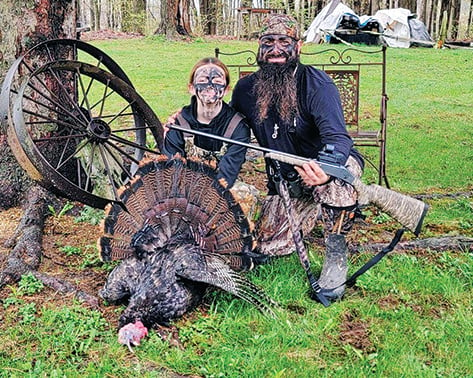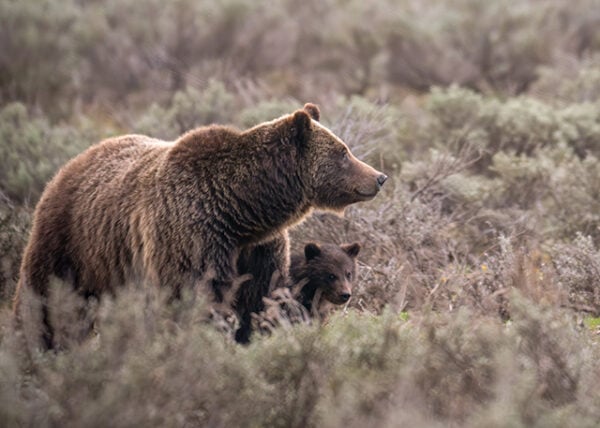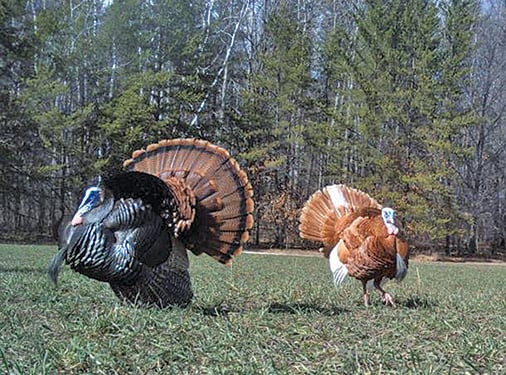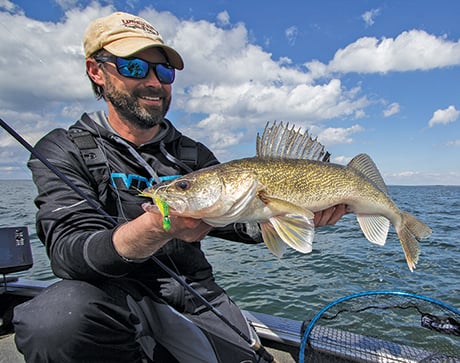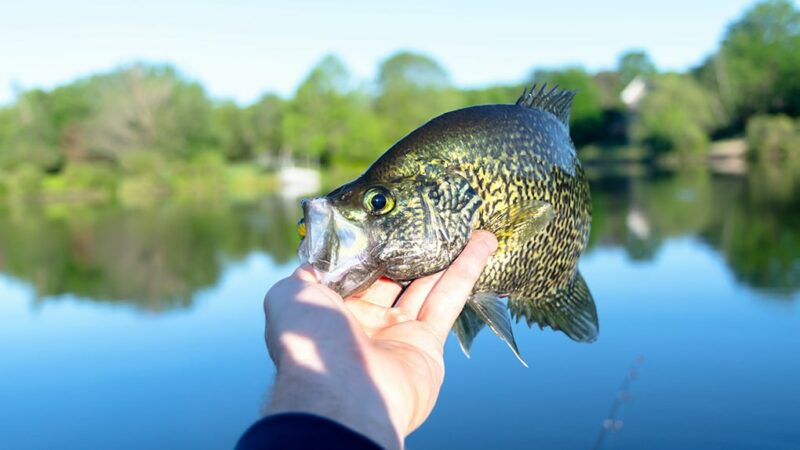Report turkey, grouse sightings this summer to help management in Ohio – Outdoor News
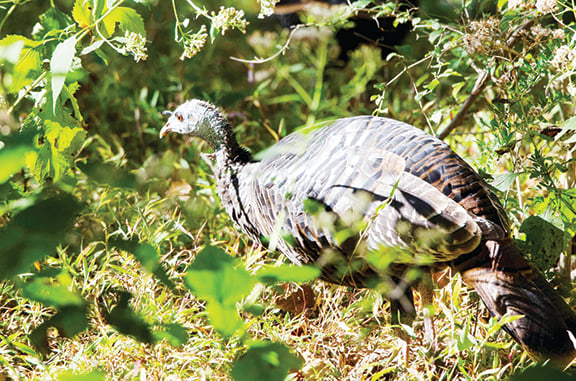
Columbus — The Ohio DNR (ODNR) Division of Wildlife is asking the public to report sightings of turkeys and ruffed grouse this summer to help round out the agency’s annual population surveys. Community scientists, which can be anyone in the public, are encouraged to submit observations on the agency’s Wildlife Reporting System webpage or on the HuntFish OH mobile app.
Wildlife biologists use public sighting reports of turkeys and ruffed grouse that are observed in July and August to estimate population statuses and reproductive success. It’s important to note female turkeys and their poults are most active during the summer.
Anyone who sees turkeys are asked to report the number of gobblers, hens, and poults seen. Information collected about ruffed grouse includes the number of adults and young viewed. Citizens are asked to record the date and county of the observations and include as many details as possible. Biologists have tracked summer observations of turkeys since 1962 and of ruffed grouse since 1999.
MORE COVERAGE FROM OHIO OUTDOOR NEWS:
Hot perch bite taking place on Ohio waters of Lake Erie
Ohio Insider: Is the walleye worthy of being the official state fish?
Lots of loading going into this year’s algae bloom on western Lake Erie
Similar surveys are conducted by other states throughout the turkey and grouse range. Information submitted to Ohio’s surveys help predict future population changes, estimate brood success, and guide management decisions.
Turkey brood surveys in 2021, 2022, and 2023 showed above average nest productivity that benefited the population after several years of below average results. The statewide average number of poults-per-hen in 2023 was 2.8. In 2022 it was 3.0, and in 2021 it was 3.1. The long-term average is 2.7 poults per hen. In 2023, turkey poult production varied slightly by region. In northeast and northwest Ohio, the index was 3.0 poults per hen. It was 2.8 in southeast Ohio, and 2.4 poults per hen in central and southwest Ohio.
Turkeys and ruffed grouse have been the subject of Division of Wildlife research in recent years. In 2023 and 2024, the agency used acoustic recording units to remotely monitor turkey gobbling and grouse drumming, providing data on population size and breeding activity. The Division of Wildlife, in collaboration with researchers in nearby states and Ohio State University, tracked more than 100 hens the past two springs to learn about nest timing and survival.
Because of habitat availability, Ohio’s turkey populations are typically strongest in the eastern and southern counties. Turkey brood success is largely influenced by weather conditions, habitat, and predators. Ongoing research will help biologists better understand those factors.
Ruffed grouse inhabit Ohio’s forested regions. Grouse occur in the greatest numbers in young, forests, especially those less than 20 years old. Habitat loss has driven grouse declines since the 1980s. Susceptibility to West Nile Virus has also likely caused further grouse declines since the early 2000s.

